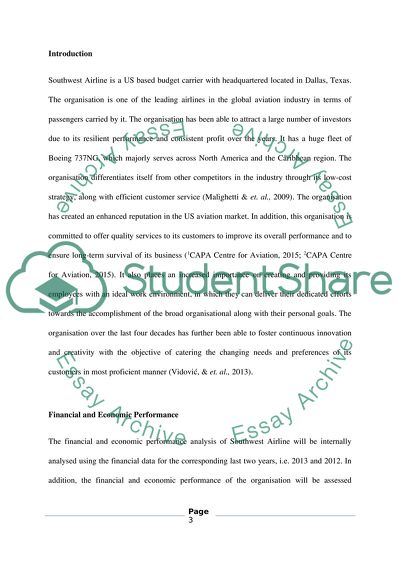Cite this document
(Commercial Analysis and Planning for Southwest Airlines Report, n.d.)
Commercial Analysis and Planning for Southwest Airlines Report. https://studentshare.org/tourism/1856117-commercial-analysis-and-planning
Commercial Analysis and Planning for Southwest Airlines Report. https://studentshare.org/tourism/1856117-commercial-analysis-and-planning
(Commercial Analysis and Planning for Southwest Airlines Report)
Commercial Analysis and Planning for Southwest Airlines Report. https://studentshare.org/tourism/1856117-commercial-analysis-and-planning.
Commercial Analysis and Planning for Southwest Airlines Report. https://studentshare.org/tourism/1856117-commercial-analysis-and-planning.
“Commercial Analysis and Planning for Southwest Airlines Report”. https://studentshare.org/tourism/1856117-commercial-analysis-and-planning.


